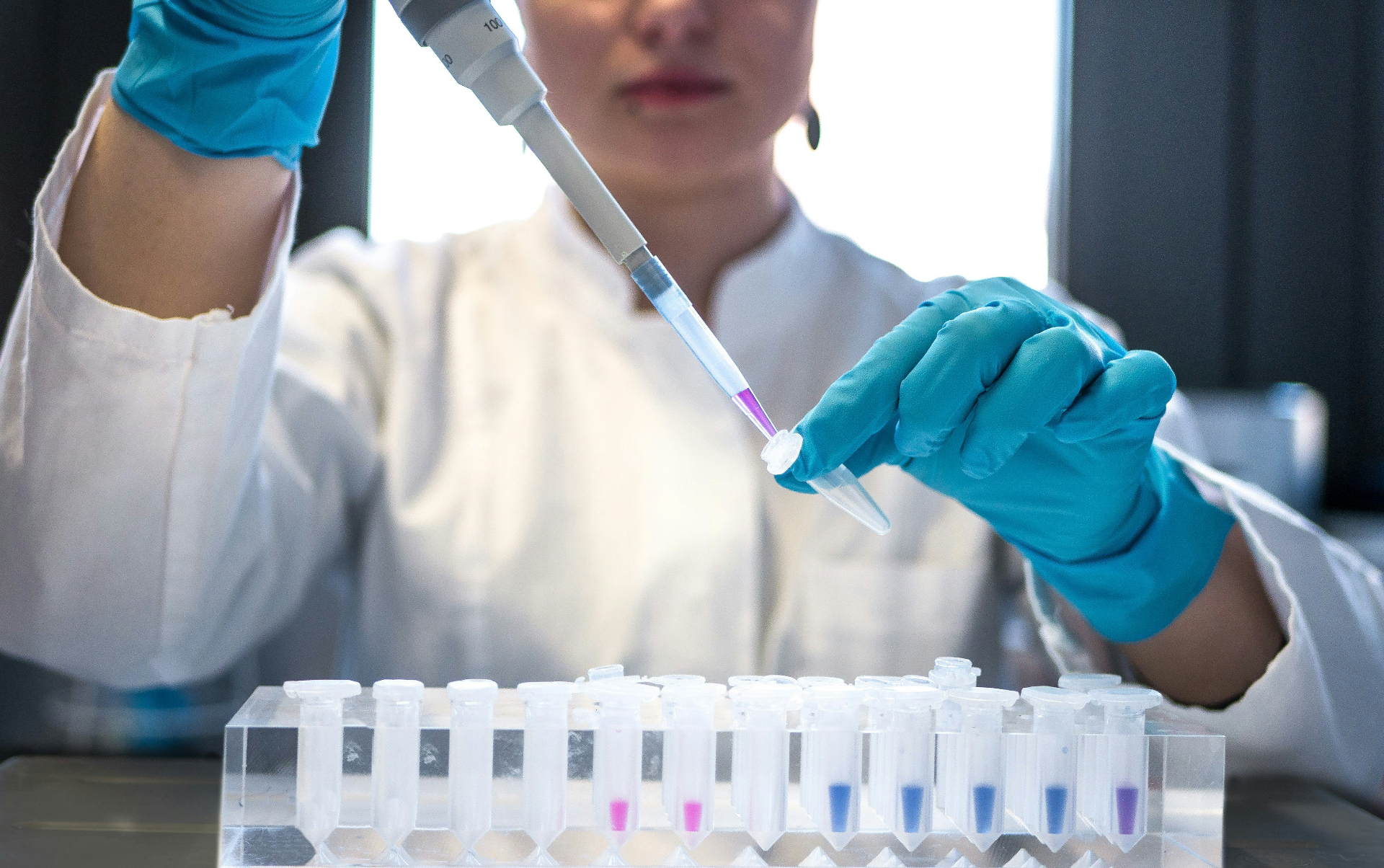
Estrogen's effects extend far beyond reproductive health. In recent decades, researchers have uncovered significant connections between this hormone and cardiovascular function, revealing both protective benefits and potential risks.
The Cardioprotective Effects of Estrogen
For years, epidemiological studies observed that premenopausal women have significantly lower rates of coronary heart disease compared to men of the same age. This gender difference narrows after menopause, suggesting that estrogen might play a protective role in cardiovascular health. Research has identified several mechanisms through which estrogen appears to benefit the cardiovascular system:
- Lipid profile improvement: Estrogen increases HDL (good) cholesterol and decreases LDL (bad) cholesterol, creating a more favorable lipid profile.
- Vasodilation: Estrogen promotes the release of nitric oxide, which relaxes blood vessels, improving blood flow and reducing blood pressure.
- Anti-inflammatory effects: Estrogen reduces vascular inflammation, a key contributor to atherosclerosis and heart disease.
- Antioxidant properties: Estrogen helps neutralize harmful free radicals that can damage blood vessels.
The Estrogen Timing Hypothesis
One of the most significant developments in understanding estrogen's cardiovascular effects is the "timing hypothesis." This concept emerged following conflicting results between observational studies and randomized clinical trials like the Women's Health Initiative (WHI).
While observational studies suggested hormone therapy reduced cardiovascular disease risk, the WHI initially reported increased heart attack and stroke risks among hormone therapy users. Subsequent analyses revealed that the age at which women begin hormone therapy appears critical.
"The timing hypothesis proposes that estrogen therapy's cardiovascular effects depend significantly on when treatment begins relative to menopause onset and the existing state of vascular health."
Women who begin estrogen therapy within 10 years of menopause or before age 60 appear more likely to experience cardiovascular benefits. In contrast, starting therapy later in life may increase cardiovascular risks, possibly because estrogen cannot reverse already-established atherosclerosis and may even destabilize existing plaques.
Estrogen and Different Forms of Heart Disease
Estrogen's influence varies across different cardiovascular conditions:
Coronary Artery Disease
Estrogen helps maintain healthy coronary arteries by promoting endothelial function and preventing the accumulation of cholesterol in vessel walls. It also helps maintain arterial elasticity, preventing the stiffening associated with aging and heart disease.
Heart Failure
Women tend to develop heart failure with preserved ejection fraction (HFpEF) more often than men, while men more commonly experience heart failure with reduced ejection fraction (HFrEF). This difference may be partly attributable to estrogen's effects on cardiac remodeling and function.
Arrhythmias
Estrogen can influence cardiac electrical activity, with both protective and potentially arrhythmogenic effects depending on the specific condition. For instance, estrogen may help prevent certain ventricular arrhythmias but could increase susceptibility to specific atrial arrhythmias in some contexts.
The Complexity of Estrogen Receptors
The cardiovascular effects of estrogen are mediated through multiple estrogen receptors (ERs): primarily ERα, ERβ, and G protein-coupled estrogen receptor (GPER). These receptors are distributed differently throughout the cardiovascular system and can trigger distinct and sometimes opposing effects when activated.
For example:
- ERα activation generally promotes beneficial vascular effects, including vasodilation and reduced inflammation.
- ERβ appears to mediate some of estrogen's protective effects against hypertrophy and heart failure.
- GPER activation can trigger rapid non-genomic effects that regulate vascular tone and cardiac function.
This complex receptor system helps explain why different estrogen preparations and selective estrogen receptor modulators (SERMs) can have varying cardiovascular effects.
Clinical Implications: Hormone Therapy and Cardiovascular Risk
The current consensus regarding hormone therapy and cardiovascular health has evolved considerably since the early WHI findings. Today's understanding incorporates several key principles:
- Age and timing matter: Women who begin hormone therapy near menopause onset generally have better cardiovascular outcomes than those who start later.
- Route of administration is significant: Transdermal estrogen appears to carry lower thrombotic risk than oral formulations.
- Individual risk assessment is essential: Women with existing cardiovascular disease or multiple risk factors require careful evaluation before considering hormone therapy.
- Duration of therapy should be considered: The risk-benefit profile may change with prolonged use.
Most major medical organizations now recognize that hormone therapy may be appropriate for managing menopausal symptoms in younger, recently menopausal women without significant cardiovascular risk factors. However, hormone therapy is not currently recommended solely for cardiovascular protection.
Estrogen in Men's Cardiovascular Health
While estrogen is often considered primarily a female hormone, it also plays important roles in male physiology, including cardiovascular function. In men, estrogen is produced through the aromatization of testosterone, primarily in adipose tissue.
Research suggests that appropriate estrogen levels in men contribute to cardiovascular health. Both abnormally low and excessively high estrogen levels have been associated with increased cardiovascular risk in males. This highlights the importance of hormonal balance rather than simply maximizing or minimizing specific hormones.
Future Directions in Research
Several promising areas of estrogen and cardiovascular research are currently developing:
- Tissue-selective estrogen complexes (TSECs): These combinations of estrogens and SERMs aim to provide beneficial effects in specific tissues while minimizing risks in others.
- Receptor-specific therapies: Compounds targeting specific estrogen receptors could potentially provide cardiovascular benefits without unwanted effects elsewhere in the body.
- Biomarkers for personalized treatment: Researchers are working to identify genetic markers and other indicators that could predict individual responses to estrogen therapy.
- Understanding sex-specific cardiovascular mechanisms: Ongoing research into the fundamental differences in male and female cardiovascular biology may yield new therapeutic approaches.
Conclusion
The relationship between estrogen and cardiovascular health is nuanced and multifaceted. While estrogen offers several protective mechanisms, its effects depend on numerous factors including timing, dosage, formulation, and individual characteristics. Current evidence supports a role for appropriately prescribed hormone therapy in managing menopausal symptoms, with possible cardiovascular benefits in specific populations.
As research continues to refine our understanding of estrogen's cardiovascular effects, healthcare providers can develop increasingly personalized approaches to hormone therapy that optimize benefits while minimizing risks. The ongoing evolution of this field underscores the importance of viewing hormonal health as part of an integrated approach to cardiovascular wellbeing.
References
- Mendelsohn, M. E., & Karas, R. H. (2005). Molecular and cellular basis of cardiovascular gender differences. Science, 308(5728), 1583-1587.
- Hodis, H. N., & Mack, W. J. (2014). Hormone replacement therapy and the association with coronary heart disease and overall mortality: Clinical application of the timing hypothesis. The Journal of Steroid Biochemistry and Molecular Biology, 142, 68-75.
- Rossouw, J. E., et al. (2007). Postmenopausal hormone therapy and risk of cardiovascular disease by age and years since menopause. JAMA, 297(13), 1465-1477.
- Miller, V. M., & Harman, S. M. (2017). An update on hormone therapy in postmenopausal women: Mini-review for the basic scientist. American Journal of Physiology-Heart and Circulatory Physiology, 313(5), H1013-H1021.
- Reslan, O. M., & Khalil, R. A. (2012). Vascular effects of estrogenic compounds in relation to clinical and preclinical findings. British Journal of Pharmacology, 165(3), 587-616.



